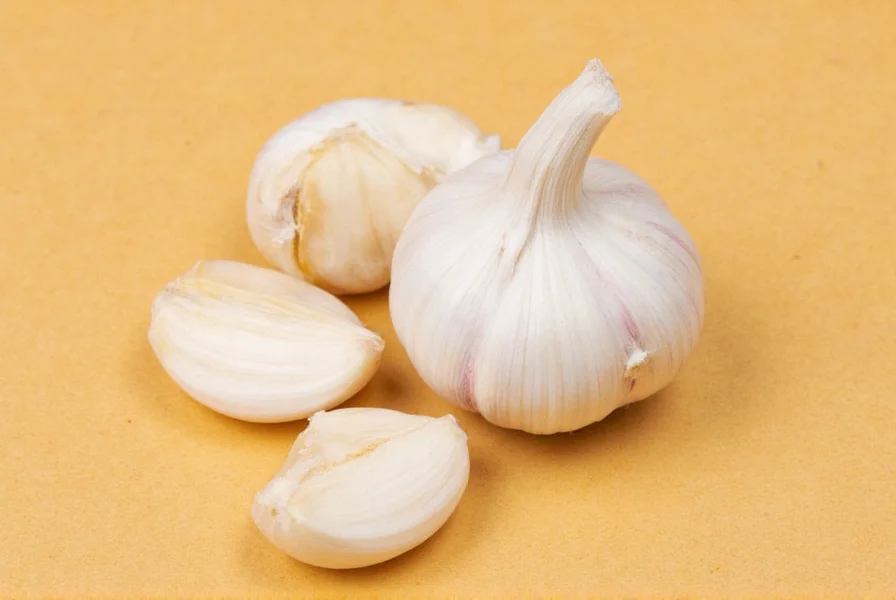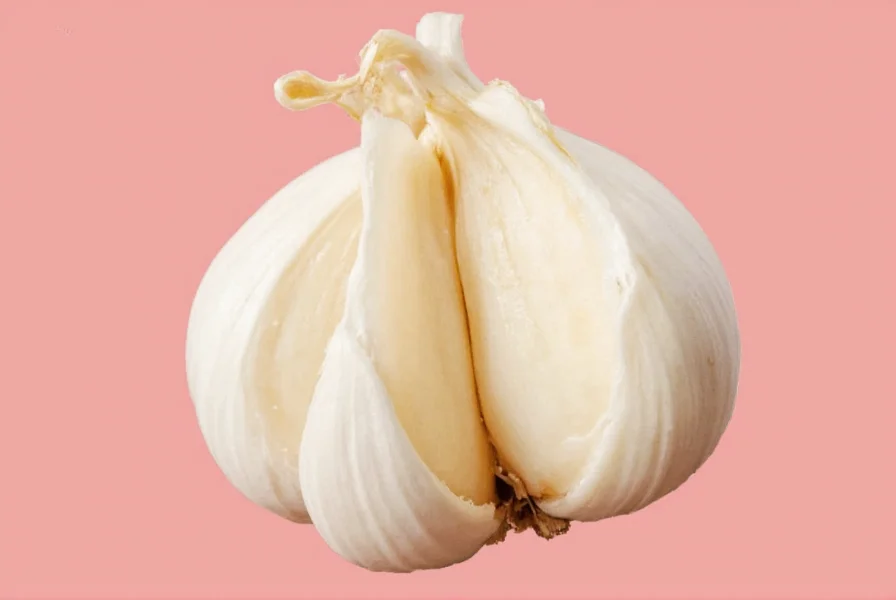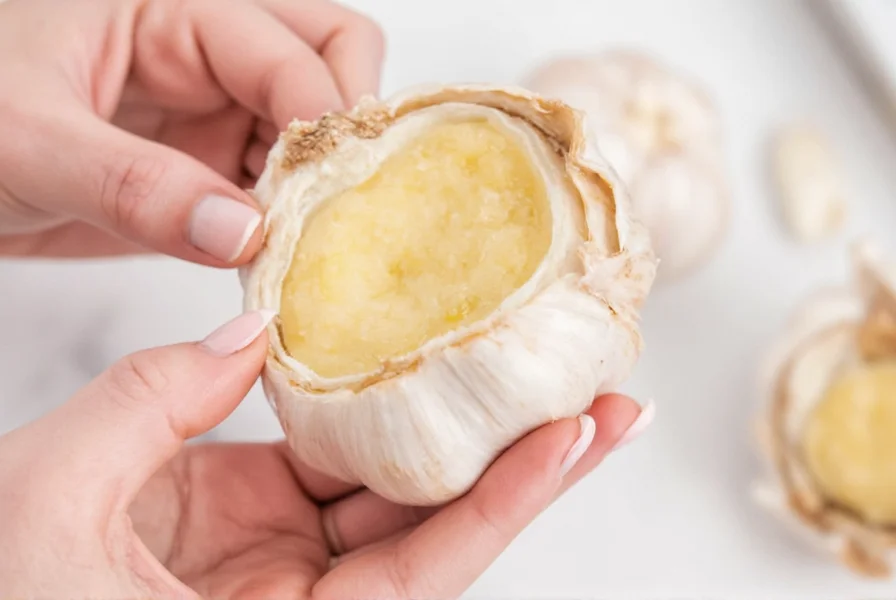If you've ever struggled with sticky fingers and wasted garlic while trying to remove that stubborn skin, you're not alone. Proper garlic peeling techniques can save you time, reduce waste, and preserve more of garlic's valuable flavor compounds. In this guide, we'll explore multiple proven methods that work for any cooking situation, whether you're preparing a single clove for a quick recipe or dozens for a large batch of sauce.
The Knife Whack Method: Most Efficient Technique
Professional chefs and home cooks alike favor this quick technique for its effectiveness and simplicity. Here's how to master the knife whack method for peeling garlic cloves:
- Separate a single garlic clove from the bulb
- Place the clove on a stable cutting board
- Lay the flat side of a chef's knife over the clove
- Firmly but carefully whack the knife with the palm of your hand
- Peel away the loosened skin with your fingers
This method works because the impact separates the skin from the garlic flesh without crushing the clove. For best results, use a heavy knife and apply just enough force to loosen the skin—not so much that you turn your garlic into a paste. This technique for peeling garlic cloves preserves the clove's integrity while making skin removal effortless.

The Shake-in-Container Method: Best for Multiple Cloves
When you need to peel several garlic cloves at once, the shake method saves significant time. This quick way to peel garlic cloves works surprisingly well with common kitchen items:
- Separate all needed cloves from the bulb
- Place cloves in a rigid container (like two nested bowls or a small mason jar)
- Seal the container tightly
- Shake vigorously for 15-30 seconds
- Open container and remove peeled cloves
The friction created during shaking separates the skins from the cloves. Glass jars work particularly well for this garlic peeling technique, though metal containers also produce good results. This method for removing garlic skin easily works best with fresh, firm garlic cloves that haven't begun to dry out.
The Pinch Method: For Single Cloves Without Tools
When you don't have kitchen tools available, this simple technique works well for how to peel garlic without sticky fingers:
- Remove a single clove from the bulb
- Trim both ends with a knife (optional but helpful)
- Place your thumb and forefinger at opposite ends of the clove
- Gently squeeze and roll the clove between your fingers
- The skin should loosen and peel away easily
This method requires slightly more dexterity but works well when you need just one clove and don't want to get additional kitchen tools dirty. It's one of the best methods for peeling garlic when you're traveling or using a kitchen with limited equipment.
Method Comparison: Finding Your Best Technique
Different situations call for different approaches. Consider these factors when choosing how to remove garlic skin easily:
| Method | Speed | Effort Required | Equipment Needed | Best For |
|---|---|---|---|---|
| Knife Whack | Very Fast (5-10 sec/clove) | Low | Chef's knife, cutting board | 1-5 cloves, preserving clove shape |
| Shake Method | Fast (15-30 sec for multiple) | Medium | Two bowls or container | 6+ cloves, batch preparation |
| Pinch Method | Slow (20-30 sec/clove) | High | None | Single clove, no tools available |
| Hot Water Soak | Slow (2-3 min) | Low | Bowl, hot water | Very dry or old garlic |
Common Mistakes to Avoid
Even simple tasks like peeling garlic can go wrong. Steer clear of these common errors when learning how to peel garlic cloves:
- Using too much force with the knife method - This crushes the garlic rather than just loosening the skin
- Trying to peel under running water - This washes away valuable flavor compounds and makes cloves slippery
- Peeling too early before cooking - Garlic loses potency once peeled; prepare it just before use
- Discarding loose skins on your cutting board - Collect skins in a bowl to prevent them from sticking to your workspace
Tips for Storing Peeled Garlic
If you've peeled more garlic than needed for your current recipe, proper storage maintains freshness:
- Store peeled cloves in an airtight container in the refrigerator
- Submerge in olive oil for extended freshness (up to 1 week)
- Freeze whole peeled cloves in a single layer before transferring to a freezer bag
- Never store peeled garlic at room temperature for more than 2 hours
Remember that peeled garlic loses its potency faster than unpeeled bulbs. For maximum flavor and health benefits, peel garlic just before you need it in your recipe. These garlic peeling techniques for home cooks ensure you get the most from this essential kitchen ingredient without frustration or waste.












 浙公网安备
33010002000092号
浙公网安备
33010002000092号 浙B2-20120091-4
浙B2-20120091-4